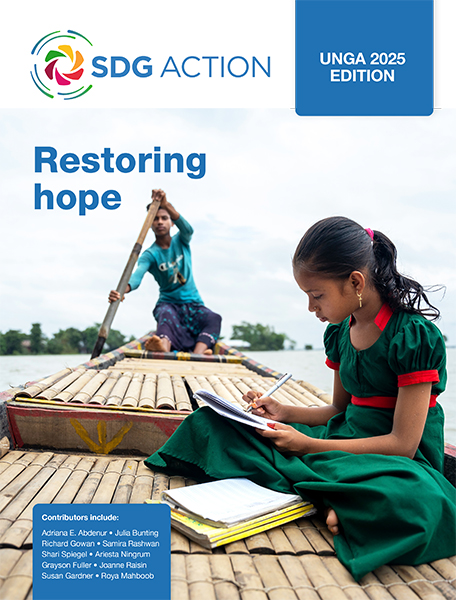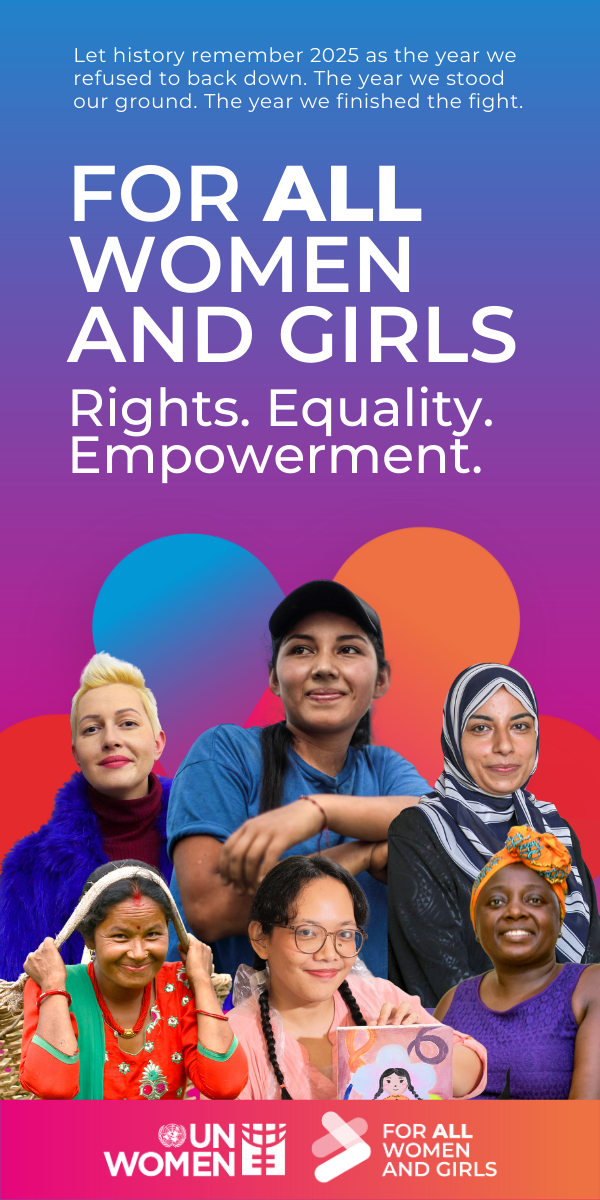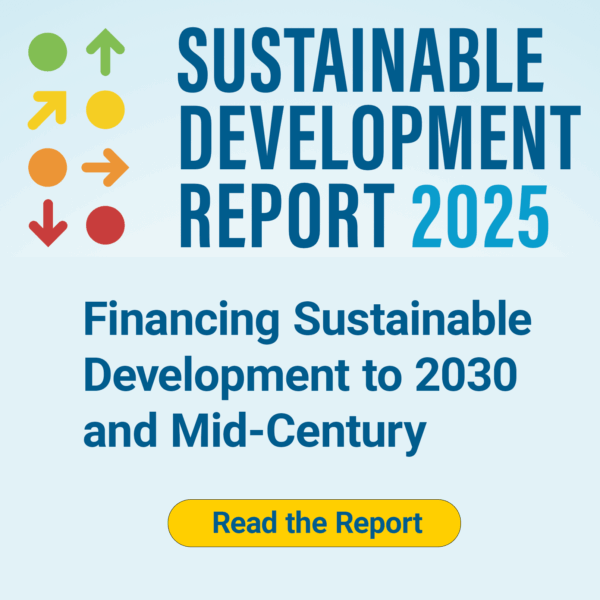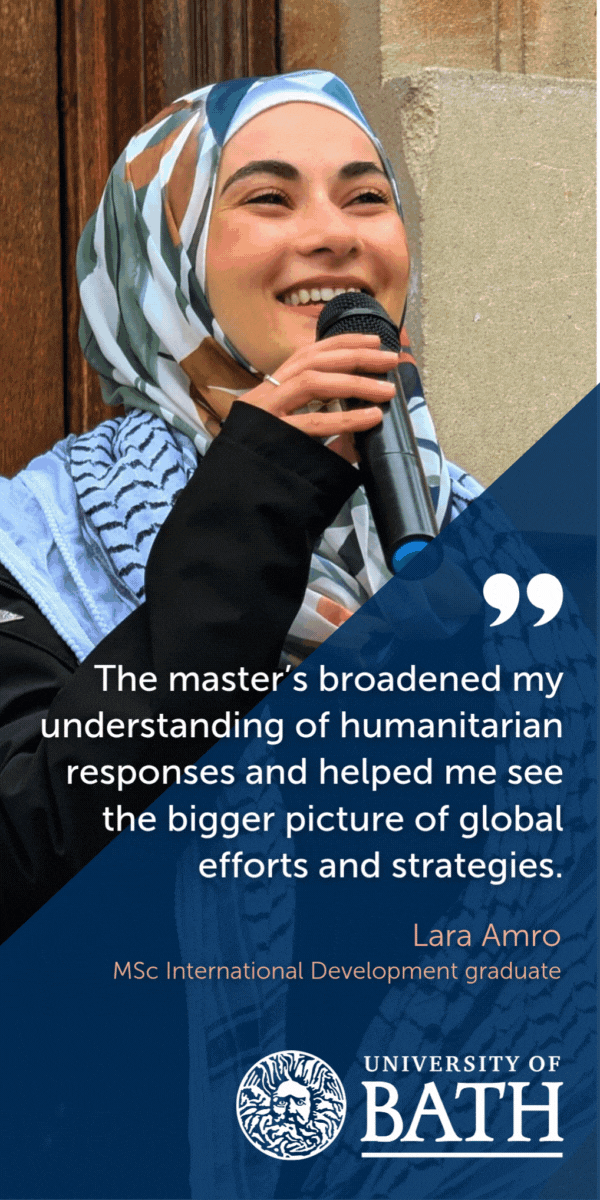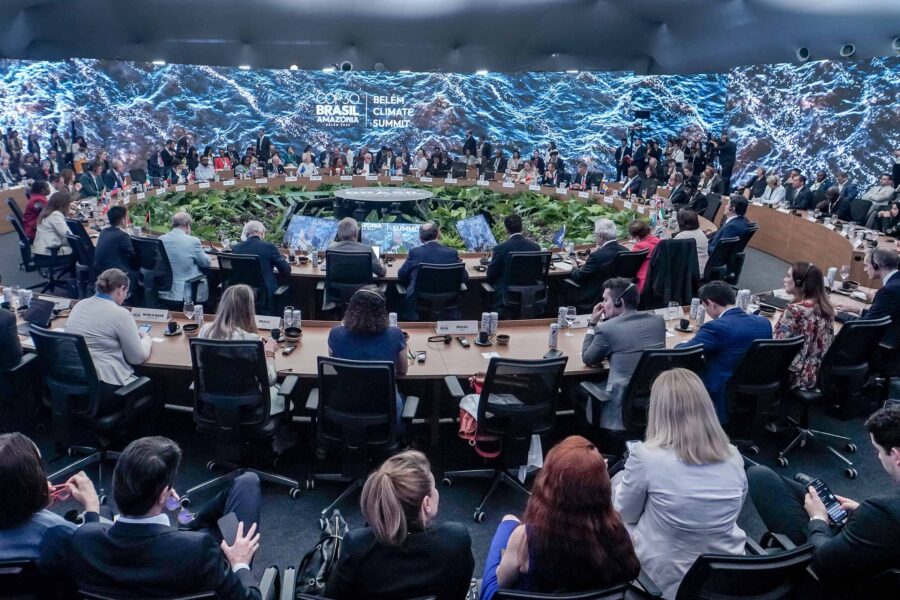With sustainable development stalled, where do we look for hope?
The global development landscape is at a crossroads. As political fragmentation grows and the effectiveness of international aid comes into question, the future of the SDGs appears increasingly uncertain
Global governance — Global
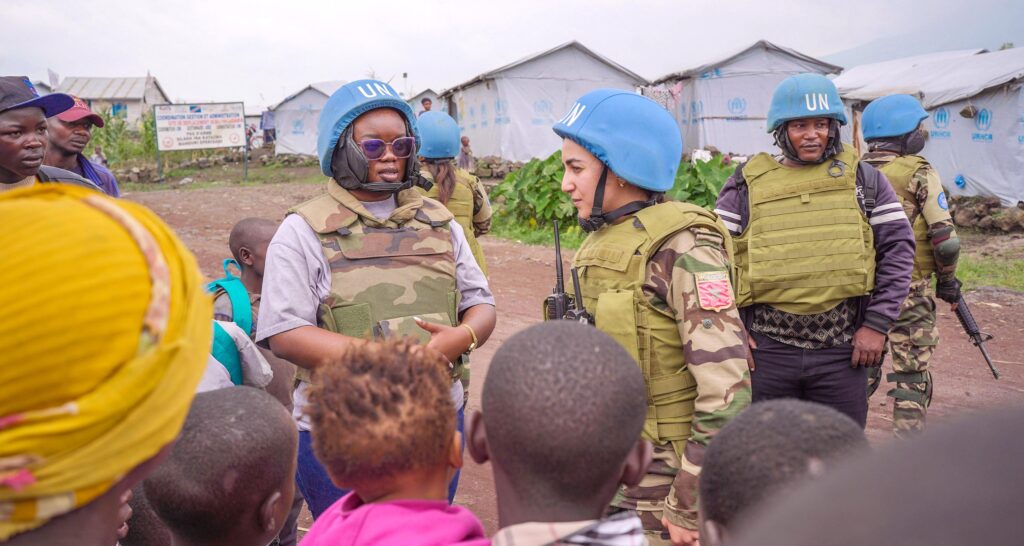
The USA recently voted against hope.
On March 4, 2025, the UN General Assembly adopted a slew of resolutions proclaiming a series of international days, one for Hope and another for Peaceful Coexistence. This sort of thing does not normally come to a vote, but the USA insisted – and voted against all of them.
One of their vote explanations went like this: “this resolution is a reaffirmation of Agenda 2030 and the Sustainable Development Goals (SDGs) […] Agenda 2030 and the SDGs advance a program of soft global governance that is inconsistent with U.S. sovereignty and adverse to the rights and interests of Americans… Put simply, globalist endeavors like Agenda 2030 and the SDGs lost at the ballot box. Therefore, the United States rejects and denounces the 2030 Agenda for Sustainable Development and the Sustainable Development Goals.”
It is easy to roll one’s eyes at this, in particular the conflation of the US with the world. While Argentina has also expressed hostility to the SDGs, and while they and Israel joined with the USA in voting against peace (no one else voted against hope), this is a fairly lonely position. Very few states reject the legitimacy of the SDGs. But very few is still very different to none.
One criticism of the SDGs, like the Millennium Development Goals before them, is that they constitute a “rainman scam.” Development will happen – or not – with or without the SDGs taking credit. This misses the SDGs’ primary value as a unifying framework for development: a clear set of priorities that allows governments to coordinate to multiply their impact and private sector actors to plan their corporate social responsibility projects strategically.
For the SDGs to work in this manner, they must be uncontentious. The US (with the occasional support of Argentina) might only be one (or two) albeit large state(s), but one state is enough to make this politically contested territory. Where once there was universality, now there is discourse. Consensus doesn’t require unanimity, of course. Had the SDGs had momentum behind them, then even the politics-averse private and state development sectors might have stayed the course. Unfortunately, these ructions happened while delivery of the SDGs stalled.
Having never quite got out of second gear post-COVID, delivery was hit by official development assistance (ODA) falling by around a quarter over 18 months. ODA used to have an inbuilt buffer system: no one funds development out of altruism and so when one state stepped back, others would smell the discounted diplomatic clout and step up. This is different – this is a systemic shift.
In the long run, prevention might be cheaper than cure, but it’s not always possible to afford what’s cheaper in the long run. Europe, in particular, has collectively (and probably misguidedly) decided it can no longer afford to invest in preventing the “polycrisis,” and must instead take the more expensive path of bulking up its military and security to mitigate for that failure.
Aid ambivalence: crisis or opportunity?
So where does that leave us? This is what the articles in this edition of SDG Action explore.
It’s instructive to observe reactions to the pivot away from ODA. While there has been a lot of dismay, particularly at the speed of withdrawal and the harm that will inevitably occur as a result, there has also been some jubilation – and not always from expected sources. A significant minority even considers the situation a “crisitunity”: a moment of rupture from which something better could emerge.
It is worth the development community reflecting upon how it has become the subject of such ambivalence. US President Donald Trump’s popularity is highest in Africa, and it seems likely that this is because of, not despite, his promise to cut US aid to Africa. There is a widespread belief, by no means unfounded, that western development assistance is a tool to advance political control over developing societies, and also a means for the governments of those societies to shirk their obligations to their own citizens.
Such a perspective requires a belief that ODA wealth transfers are replaceable – either by South–South mutual aid, domestic governments stepping up, or no-string (or fewer-string) loans and technical assistance from the likes of Russia and China. That belief is now being stress tested, with mixed results.
States like Mali and Burkina Faso, who enthusiastically replaced French intrusion with Russian, are starting to discover that while the strings may have been better hidden, they are by no means absent, as mercenary groups commit massacres and plunder resources. Meanwhile, as China loses its coltan mines in the east of the Democratic Republic of the Congo to Rwandan proxy forces, it may reflect that the western insistence that a certain degree of political stability and good governance accompany its investment was as much about safeguarding that investment as for any ideological reason.
Cautious optimism – but not for the poorest
On the other hand, readouts from the Fourth International Conference on Financing for Development, held in sweltering Seville in late June 2025, give grounds for cautious optimism with respect to how low and middle-income countries can make better use of affordable finance to invest in their own futures. Meanwhile, the idea of reimagining development as global public investment – a long-term bet on shared prosperity – is becoming increasingly mainstream. (Readers of our predecessor publication Sustainable Development Goals may remember that we were among the first places to give the idea of global public investment an airing).
Hope therefore exists for some. But there is precious little for least developed countries or those in the throes of conflict, where risk is too high for loans or investment. And while the downsizing of large parts of the “development industry” has thinned out the ranks of middlemen and vested interests (as well as costing some very effective and principled people their jobs), it has also led to a broader pivot away from civil society – including local civil society – and toward a much narrower coalition of actors centered around finance. The localization “grand bargain” risks being sidelined, with the effect that while agency may be moving geographically from north to south, economically it is moving upward: further away from local communities and back toward elite capital.
Hope is limited while inequality prevails
One of the greatest challenges to building a sustainable future comes from the fact that our world is so unequal. The holders of power and capital are sufficiently insulated from loss that it becomes rational for them to act recklessly, and to sacrifice long-term sustainability for short-term gain. Cooperation between the rest of us can help to mitigate some of the consequences of those actions, but there is a limit to how much can be achieved without a redistribution of power and resources. The model of development whereby resources, but not power, were transferred may have run out of road. But there is not much hope for a model where no resources are transferred either.
As the SDGs reach the end of their lifespan, and the international community considers what was achieved, who was left behind, and what will come next, the hardest parts of the reckoning will be the most political: the “soft global governance” that caused the US to turn its back on hope. Because while much can be done without confronting elite power, there is little sustainable about a future where that power is not – at the very least – held to account.
Featured in:
UNGA 2025 edition: Restoring hope
An effective multilateral response is needed for an ever increasing number of crises. At the same time, the UN – the heart of the multilateral system for 80 years – is under attack from nations trying to defund and disempower it. Radical reform is clearly needed. Whatever form that takes, it should be guided by and designed to support the SDGs.
This edition considers the impacts of inequality and conflict, and explores ways to build a fairer, safer future through education, technology, economic development and global partnerships.
Authors include Adriana E. Abdenur, Julia Bunting, Richard Gowan, Samira Rashwan, Shari Spiegel, Ariesta Ningrum, Grayson Fuller, Joanne Raisin, Susan Gardner and Roya Mahboob.
Publication date: 22 September 2025

